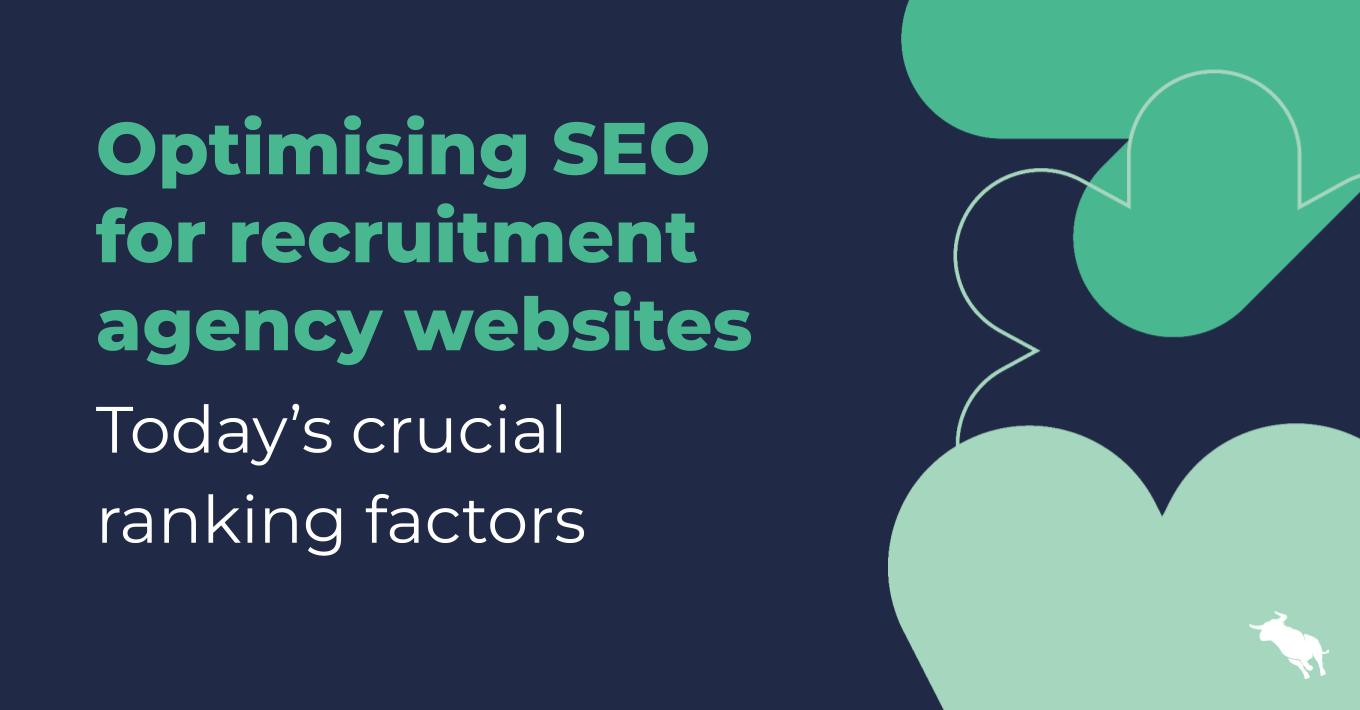Frustrated with the Sales Cycle?
As I talk with customers, industry thought leaders and other product and service providers across the country about the recovering economy and the staffing industry as whole, one common theme has emerged: order activity has picked up but customers are “dragging their feet.” CEOs, executives, and sales and recruiting professionals alike are frustrated with what little results they have to show for all of their hard work despite the significant increase in order activity. The sales process continues to be plagued by delay after delay and moves at a snail’s pace. The timing of this revelation meshes well with the fact that I hosted a sales training workshop on this very topic at last week’s Staffing World hosted by the American Staffing Association in Las Vegas, titled How To Manage The Sales Cycle and Close More Deals Quickly & Efficiently.
What I have come to realize in our industry is that our sales process can be described as a random sequence of events. We get a job order from a customer – either over the phone, via email or in a client meeting – post it to our internal CRM system and the job boards, and write it up on our white board in our office for all to stare at…and then we simply focus on finding and submitting candidates. Beyond that, we have no clue as to what needs to happen in order for our deals to close. We just hope we submitted the most qualified candidate for the job. Many of the common sales bottlenecks and major points of frustration occur when we try to get feedback from our clients on the candidate resumes, when we try to schedule interviews, or when we try to get feedback after an interview and/or attempt to get the client to make a final decision. It’s one delay after the other. And we all know time kills all deals. So what is one to do? How can we prevent these delays and keep the process moving forward?
Understanding the Problem
First we must understand the problem. The problem is twofold. Our first problem is that we focus exclusively on the tasks that we have to complete and far too often fail to recognize, understand, and appreciate the tasks that our client has to complete in order to hire our consultant or temporary employee. This is why I typify our sales process as a “random sequence of events.” After we complete all of our tasks (take job order, screen candidates, interview candidates, reference checks, etc..) we stop selling. We go into “wait and see mode” and hope to hear back from the client because we think once our candidate completes the face-to-face client interview that we are now at the end of the sales cycle. We’re not. And that leads me to the second problem. We stop selling. We stop selling because we have completed all of our tasks in the sales process but we fail to understand and recognize where our customer is in her purchasing process.
Selling Beyond the Submittal & Interview Process
In my workshop last week I shared with the group how and why we need to continue to sell well beyond the submittal and interview process. We explored all of the steps or tasks that a typical client has to complete in order to hire a consultant or temporary employee and why it is critically important that we understand these steps. I also shared how to lead your customer through their purchasing process by applying project management principles. Lastly, I shared strategies on how to eliminate these bottlenecks. In the end, the group was able to discover that the sales process is your customer’s purchasing process and that you earn commissions based on what your client does. If you’re interested in putting an end to the frustrating bottlenecks in your sales opportunities and would like to close more deals quickly and more efficiently, give me a call at (617) 506-1186 or simply email me at Dan@MenemshaGroup.com.
This Bullhorn Blog post was written by Dan Fisher of Menemsha Group.
Dan Fisher is Founder and Managing Director of Menemsha Group, a Boston sales training and consulting organization. To learn more, visit www.menemshagroup.com or email Dan@menemshagroup.com.


 Bullhorn’s marketplace of 100+ pre-integrated technology partners gives recruitment agencies the tools they need to build a unique, future-proof solution.
Bullhorn’s marketplace of 100+ pre-integrated technology partners gives recruitment agencies the tools they need to build a unique, future-proof solution.




